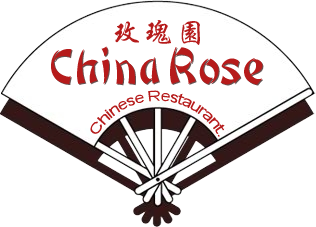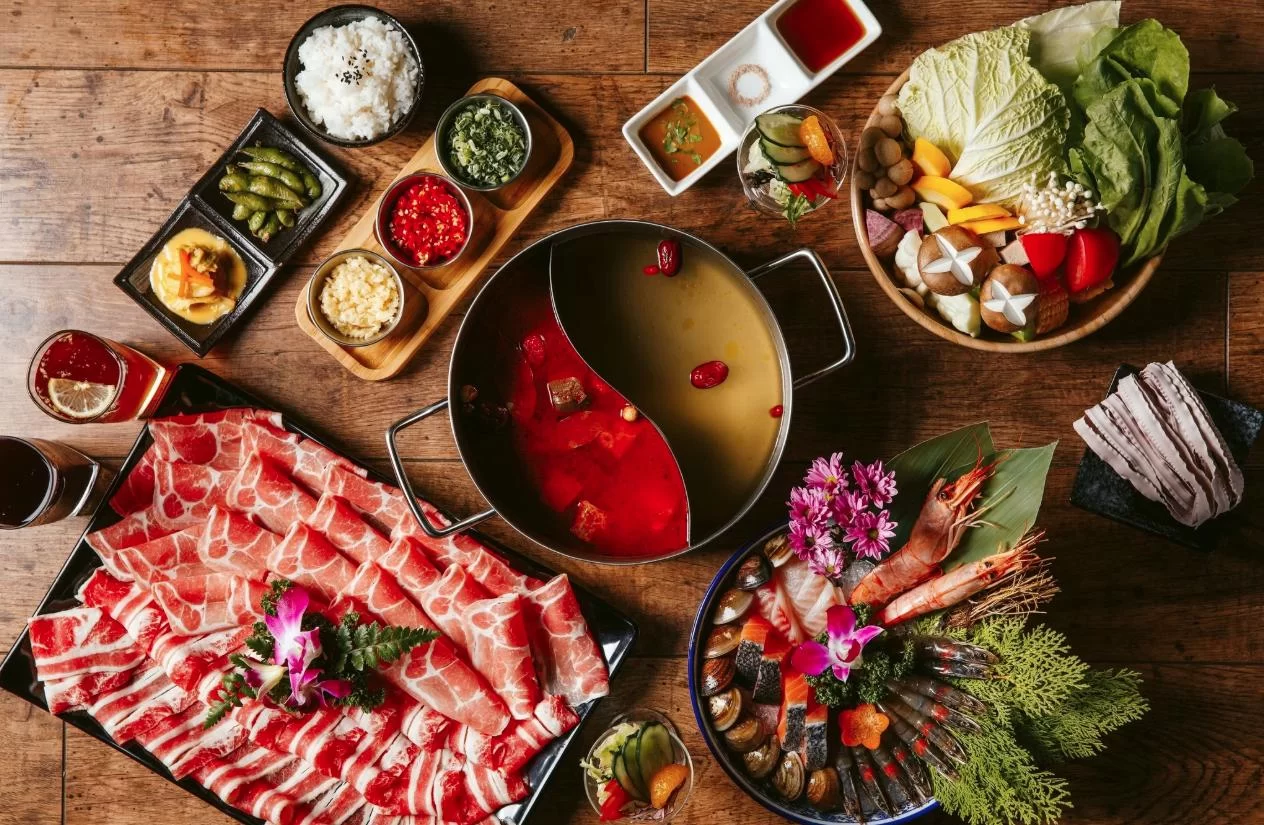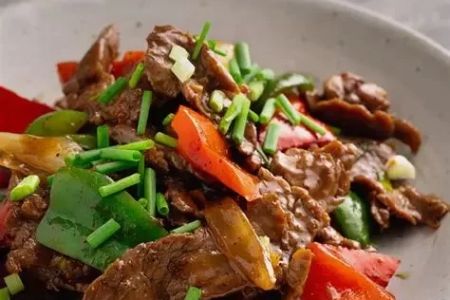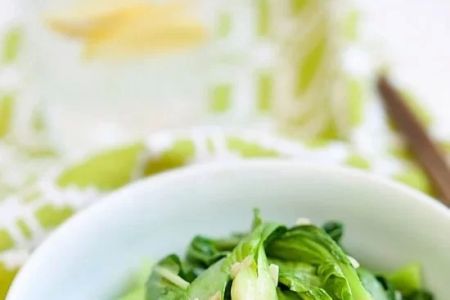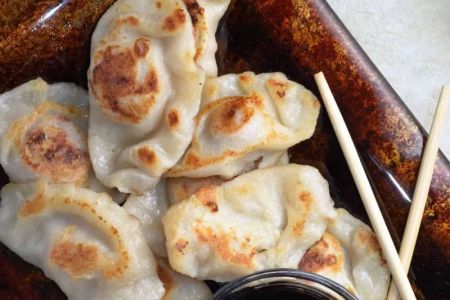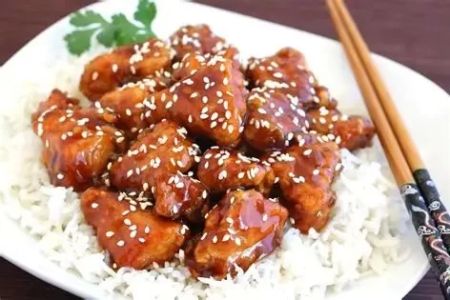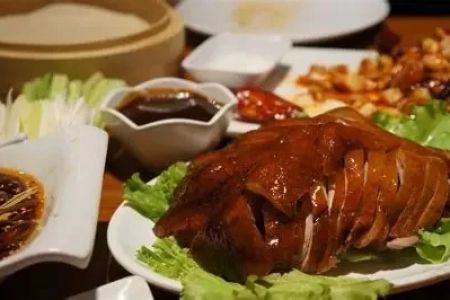- Rethinking-Chinese-Breakfast-Beyond-Congee-and-Doughnuts
- The-Role-of-Congee-and-Fried-Dough-in-Breakfast-Culture
- Regional-Variations-of-Morning-Meals
- Creative-Modern-Takes-on-Traditional-Dishes
- Stories-and-Memories-Connected-to-Breakfast
- Choosing-Breakfast-Staples-to-Fit-Your-Lifestyle
Rethinking Chinese Breakfast Beyond Congee and Doughnuts
When people think of Chinese breakfast, congee and fried dough sticks often come to mind. While these staples are beloved and deeply rooted in tradition, the richness of Chinese breakfast culture extends far beyond them. Exploring beyond these familiar items introduces us to a colorful and diverse world of morning foods that vary from region to region, offering not only sustenance but also cultural meaning. By stepping into this broader landscape, you can experience breakfasts that are both nourishing and eye-opening.
The Role of Congee and Fried Dough in Breakfast Culture
Congee, a simple rice porridge, has long been a symbol of comfort food in China. It is versatile—served plain for a light meal or topped with pickled vegetables, peanuts, and even century eggs for added flavor. Paired with youtiao (fried dough sticks), it forms a classic combination. Many families recall waking up early to grab congee from neighborhood shops, where steam rises from giant pots. These familiar flavors remain part of daily life, yet they represent only the surface of what Chinese breakfast culture has to offer.
Regional Variations of Morning Meals
China’s vast geography creates striking differences in breakfast traditions. In the north, wheat-based foods dominate—think of steaming hot baozi (stuffed buns) or savory scallion pancakes. Southern regions, on the other hand, prefer rice noodles and lighter soups. A traveler in Chengdu might find spicy noodle bowls laced with chili oil, while in Shanghai, the morning specialty might be shengjian bao, pan-fried buns with juicy fillings. Each city tells its own breakfast story, shaped by climate, resources, and cultural habits. This variety makes breakfast a culinary journey across the nation.
Creative Modern Takes on Traditional Dishes
In recent years, younger generations and modern chefs have reimagined Chinese breakfast staples. For instance, some cafes offer congee infused with new flavors such as pumpkin or quinoa, while others transform scallion pancakes into wraps with fresh vegetables and meats. Viral food videos show innovative takes, like bubble tea-inspired sweet buns or fusion dumplings filled with cheese. These playful twists bring excitement to the morning table while still preserving the heart of tradition. If you’re looking for inspiration, Chinese Food provides a variety of authentic and modern breakfast options to explore.
Stories and Memories Connected to Breakfast
Breakfast is more than just food—it’s a time for family bonding and shared routines. Many Chinese households have memories of grandparents making soy milk from scratch or of children stopping by street stalls before school. In recent years, social media has revived interest in traditional morning foods, as young people rediscover the joy of handmade dumplings or sesame cakes. These stories remind us that breakfast is not just a meal but also a cultural ritual that links generations and preserves identity through food.
Choosing Breakfast Staples to Fit Your Lifestyle
Choosing the right Chinese breakfast depends on your personal needs. For busy mornings, quick items like buns or soy milk provide convenience. For slower weekends, a bowl of hand-pulled noodles or dim sum can turn breakfast into a cherished family event. Balancing hearty and light options allows you to enjoy variety while maintaining energy throughout the day. By diversifying your breakfast beyond congee and doughnuts, you enrich not only your palate but also your appreciation for one of the world’s most diverse culinary traditions.
Exploring Chinese breakfast staples beyond congee and doughnuts reveals a culture steeped in history, flavor, and innovation. Whether traditional or modern, these morning dishes highlight the creativity and diversity of Chinese cuisine.
